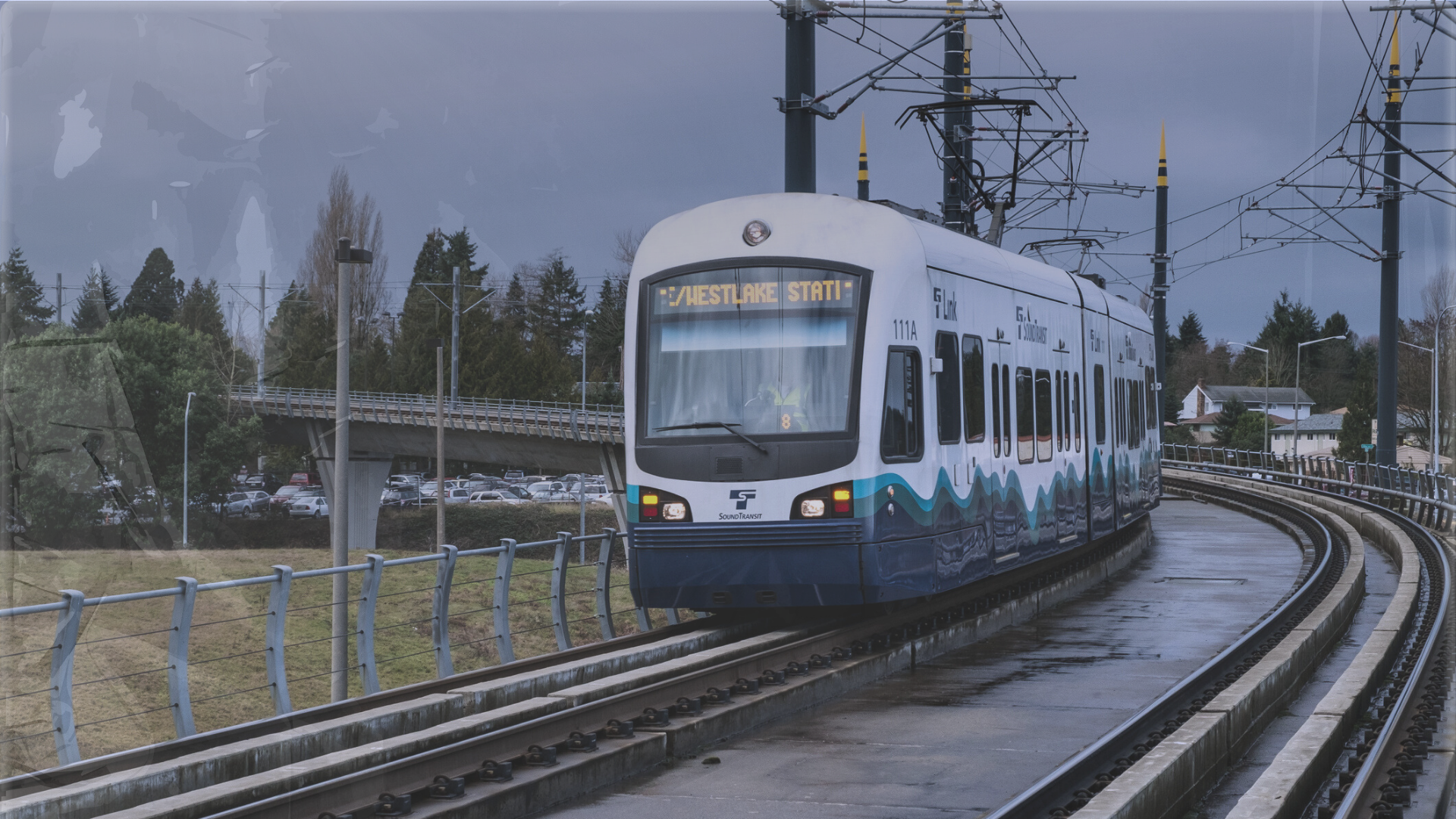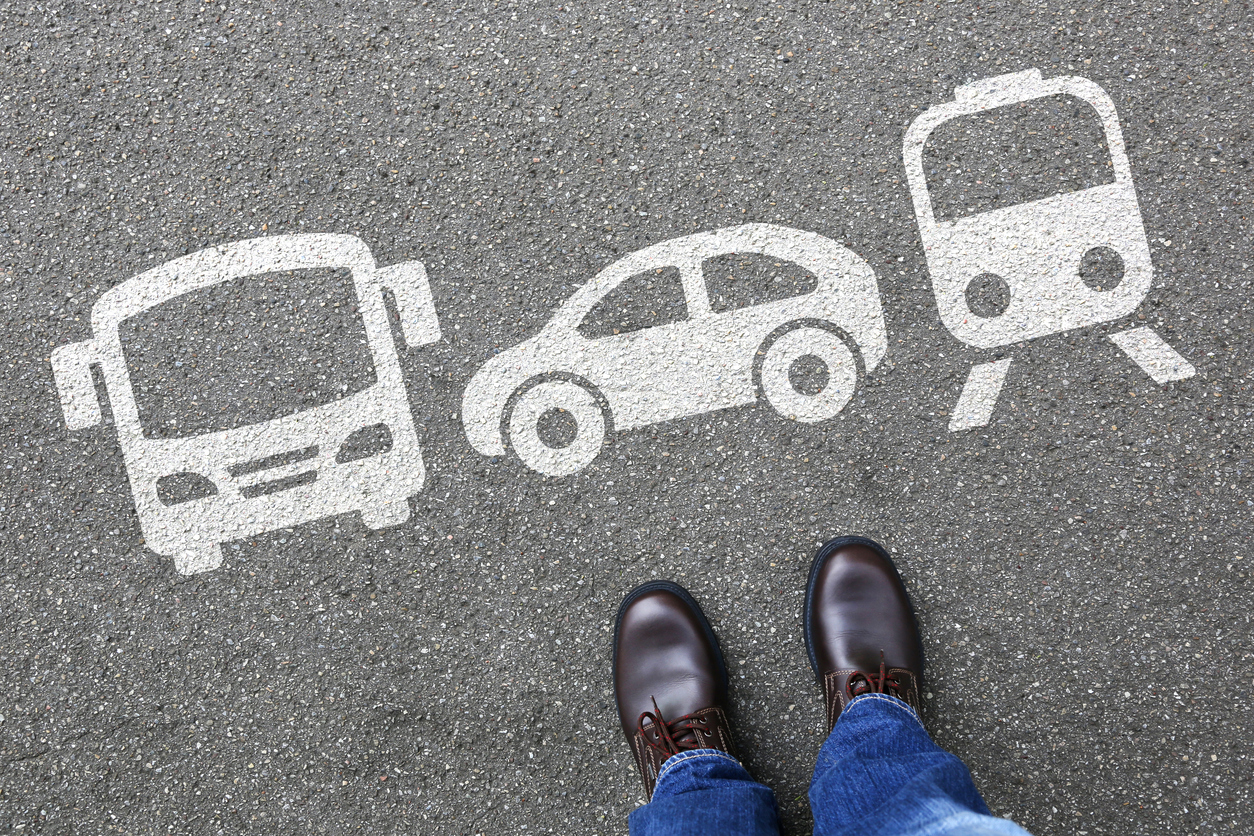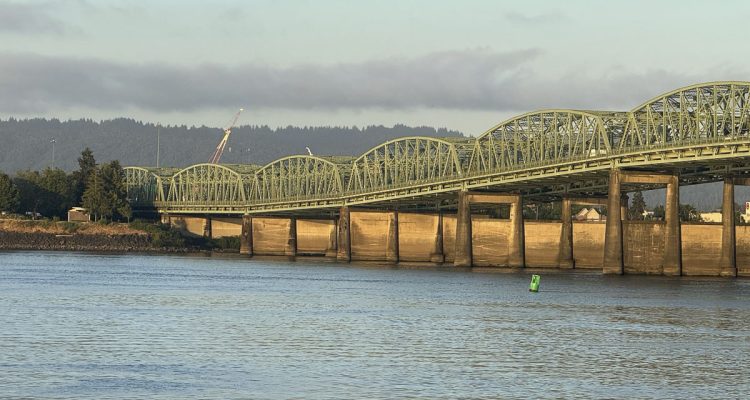If the Washington State Department of Transportation (WSDOT) gets its way, funding for transportation projects across the state will be determined based on vague metrics like “healthy communities” and “fair and just distribution of social benefits and burdens,” giving more power to bureaucracies than elected officials.
WSDOT has an online open house to help lawmakers learn about “performance-based” evaluation of transportation projects. This new approach to selecting transportation projects shifts power from the legislature to cabinet agencies for funding transportation projects.
The state’s transportation policy goals would be used as criteria in evaluating transportation projects, as WSDOT believes the goals need to be “better linked” to transportation spending. Currently, the goals include economic vitality, preservation, safety, mobility (congestion relief), environment, and stewardship. Some lawmakers, with the support of WSDOT, are seeking to change or altogether replace these goals, including removing the basic goal of mobility and congestion relief.
Replacing the current goals that would be used to score projects with vague goals like accessibility, health, equity, and environmental justice could easily be abused.
For example, the goal of “health and resilience” included in past legislation seeks to “promote healthy people and communities through pollution-free transportation, multimodal transportation, integrated land use and transportation projects, clean active transportation, and appropriate infrastructure.” That goal would be measured using things like “promotion of healthy communities,” “the ability of pedestrians to use the built environment,” “increasing opportunities for physical activity,” and “prevention of displacement and increases in community connectedness.” It is not appropriate nor advisable for WSDOT to have authority to determine whether how someone chooses to travel or live is healthy or promotes sufficient physical activity. It is also not possible for WSDOT, or any agency, to measure whether a community is adequately “connected.”
Nonetheless, WSDOT has been directed to study shifting to this new approach to funding transportation projects.
The open house and survey can be accessed through November 6th. The open house portion describes how transportation projects are traditionally negotiated and funded, and how performance-based evaluations would work. This is followed by a survey that asks a series of questions about each of the current six transportation policy goals.
Participants are asked to rank, from low to high priority, various objectives identified by officials and stakeholders related to each goal.
For example, under the goal of mobility and congestion relief, participants are asked to rank several objectives. Most of the objectives focus on increasing multimodal accessibility and increasing non-car travel, while decreasing single-occupant driving:
- Maintain and increase multimodal accessibility to jobs, households, services, schools, ports, freight terminals, and other destinations.
- Maintain and increase the quality of service or the convenience and ease of accessing destinations by car, walking, biking or riding transit.
- Maintain and increase network resiliency, or the availability of route and mode operations to avoid incidents, closures and delays
- Increase mode share of efficient travel options (e.g. riding transit, biking, walking)
- Increase the number of persons per vehicle
Another objective focuses on reliability of travel – without any mention of congestion relief, since WSDOT has largely given up on that, instead focusing on “travel demand management” or tolling:
- Maintain and increase travel reliability (reduce the variability of travel time compared to free flow travel time, by mode)
The agency claims managing demand will increase the efficient use of existing capacity and will be more cost-effective than new construction, but officials’ clear goal is to reduce driving and increase transit use.
Another common theme in the survey is equity. Specifically, under the goal of economic vitality and environment, WSDOT lists the objective of considering “the needs of low-income communities and people of color, and ensuring fair and just distribution of social benefits and burdens.”
Under the goal of economic vitality, WSDOT officials appear to nod to last year’s effort (and their support of that effort) to add “health” to the state transportation policy goals. The agency lists the objective of improving quality of life by prioritizing investments that “support areas with existing health disparities by increasing access to healthcare, improving safety, addressing poor air quality, or providing safer biking and walking facilities.” Additional objectives under the goal include improving “quality of life by prioritizing investments that improve access to affordable housing” and increasing “health benefits through improved access to active transportation.”
The implication is that if you rank any of these objectives as low priority – you do not support “improving quality of life” in these areas, when in fact you may simply not agree that WSDOT is the appropriate agency to advance these objectives.
Earlier this year, WSDOT Secretary Roger Millar wrote a letter explaining the agency’s blanket support of legislation that attempted to change the state transportation policy goals – particularly the goal of mobility, which includes congestion relief. In that letter, he added, “We do believe the additional policy goals proposed in the legislation – accessibility, environment and climate, health, and equity and environmental justice – address important and often overlooked issues.”
Given the vague nature of these goals, this would give Millar’s agency more leeway to choose the projects they want. This should concern lawmakers, as WSDOT is advocating not only to change how transportation projects are selected, but to change the criteria they use to evaluate them to a system that can be manipulated to advance WSDOT's ideological goals.






